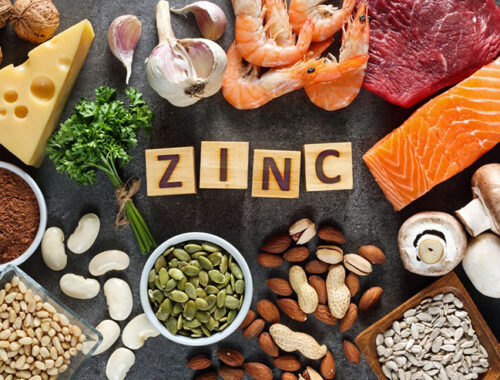Every woman knows that her hormones rule her body. This is especially true when it comes to making a baby.
Without just the right amount of specific hormones released at certain times of the month, a woman doesn’t stand a chance of either conceiving a baby, let alone carrying one to full term.
Here is a quick overview of the hormones and their optimal level needed to achieve and maintain a pregnancy:
Follicle Stimulating Hormone (FSH)– they test it on DAY 3 of your cycle. Anything under 6 is considered excellent, 6-9 is good, 9-10 fair, 10-13 diminished ovarian reserve, 13+ means very hard to stimulate which may cause infertility
Estradiol(E2)– they test it on DAY 3 of your cycle. Normal value range is between 25-75 pg/ml. A higher level of E2 may indicate the presence of a functional cyst or diminished ovarian reserve.
Luteinizing Hormone(LH)-they test it on DAY 3 of your cycle. A high level of LH (above 7 mIU/ml) may indicate PCOS.
Prolactin– they test it on DAY 3 of your cycle. Increased prolactin levels(above 24 ng/ml) can interfere with proper ovulation…
Progesterone(P4)– they test it on DAY 3 of your cycle. An elevated Progesterone level (above 1.5 ng/ml)may inhibit pregnancy.
Anti-Müllerian Hormone (AMH)– low blood AMH level may indicate low amount of available eggs (less than 5 pmol/l if you’re over 40 years old).
Need guidance on how to improve your fertility? Check out my Pregnancy Miracle program





No Comments